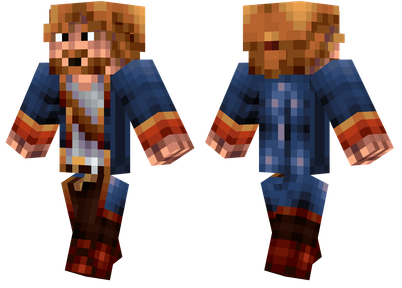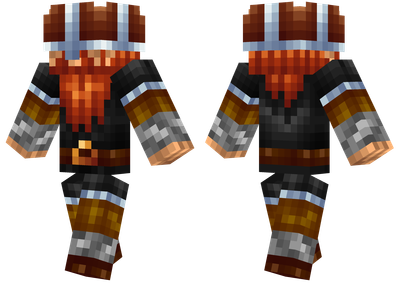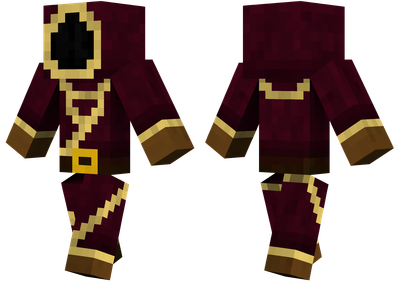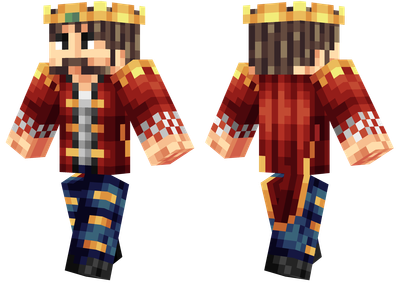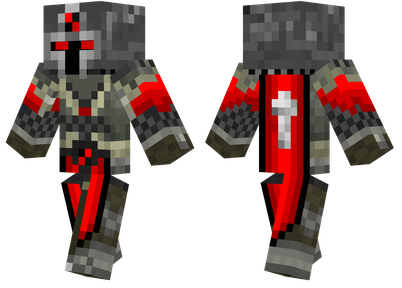This tutorial is set by the author to use the CC By-NC-SA protocol.
First, preface
This article refers to the AE2 tutorial and changes a little about the automation of the rune altar, trying to optimize automation.
This idea can promote other automation, but I believe that most of the cases are negative optimization.
After completing this tutorial, when browsing the relevant information of the rune altar, it is found that the same ideas have the same ideas, but the implementation method is different.
2. Existing schemes and needs
Original automation scheme display:
As shown in the figure, the rune altar automation design scheme in the AE tutorial:
This scheme solves the problem of how to automate, but this kind of automation is also partially inadequate. For example, each rune requires a separate rune altar. When a large number of high -end runes are synthetic, a large number of low -level runes need to be synthesized.(Discussion with group friends, you can store the low -level runes required for each rune. When synthesizing, enter the corresponding low -level runes into the altar. This can share a altar. This tutorial is actually a re -revision of this idea..
Requirement:
In fact, not only the automation of rune altars, most of the automation containing "catalysts" has such a problem: either a large number of synthetic catalysts, or a catalyst occupied a machine.Of course, the latter is obviously better than the former.But is there a solution that allows these automation to synthesize catalysts and share a machine?
Therefore, this tutorial attempts to design a new solution. The purpose is as follows: 1. Reduce the number of rune altars, so that the synthesis of various runes can use the same rune altar to reduce the channel and the main network channel.2. Remove "catalysts" such as low -level runes in the model, so that catalysts in various synthesis do not need to compuse.
3. New plan and implementation
Imagine: After removing the catalyst, add a "voucher" to the model. When the subnet detects the existence of the voucher, the corresponding catalyst is sent to the machine.The catalyst returns to the subnet and the product is sent back to the main network.
Implementation steps:
Take the runes of autumn as an example to modify the model. After removing the low -level runes, add the "voucher". Here are the renamed paper. There are no renames in TFR.Qunluan gemstone is a voucher.This model is placed on the main network.
In this step of the items of the original tutorial/living stone, the living stone is marked with a storage bus, and the reverse card is added. In this tutorial, you need to put this storage bus (referring to the storage bus above the checkered box)Modify, mark the "credentials" you use behind the living stone, so the "voucher" of the example is the renamed paper, so you need to add a fuzzy card.(TFR does not have a re -naming method. It is recommended to use gemstone as a voucher, and there is no need to add a fuzzy card.)
Write a new model. The content is the low -level runes and "vouchers" that are removed from step -by -step.This step is to strengthen the "voucher" and "catalyst", and other methods will be chaotic.This model is placed on the decoder network
Create a (decoder) subnet.
Put a ME interface first, do not face the blue network interface, because you need to filter.Place the model written in step 3 in this interface.
Place the output bus (as shown above) of the interface of the main network, add a synthetic card and capacity card to the bus, and the mode is adjusted to not use storage items, and the target product is marked. This example is the autumn rune.(As shown below)
Put on the CPU (for synthesis) and two storage bus (one is used to store "catalysts" such as low -level runes, and it is also possible to use the ME drive; the other is to detect the blue networkTo.
Finally, connect to these components with cables.Put a low -level rune in the box to ensure the number and type of runes that are sufficient to cope with the synthesis of any rune.
Build a filter.Here are GT6's logistics pipelines and items filters. You can also use other logistics methods. It is required to filter out the "voucher" and return to the main network, and catalysts other than vouchers enter the blue network.Use a white list and blacklist.
Replace the funnel flower to the interface of the decoder subnet.
Fourth, synthetic analysis
The main network distribution material enters the blue network, because the storage bus on the lattice box refuses the livestone and the "voucher" to enter the lattice box, so the livestone and the voucher card are in the blue network interface to block the entry of the next material.Other materials enter the rune altar, but the lack of catalysts, the current synthesis cannot start.
The decoder mesh detected that there was a "voucher" in the interface, so the output bus began to synthesize the autumn rune.Decoder subnet interface sends "catalysts" and "vouchers" to the outside.The filter filters the "certificate", the "voucher" returns to the main network, the "catalyst" enters the blue network, and the runes begin to synthesize.
After the synthesis is complete, the funnel flower will collect all the runes into the decoder subnet.
The main network received the rune of autumn, and the CPU was synthesized.
5. Summary
The design of this tutorial has completed all the goals, so that all runes can use this set of machines to complete synthesis, which belongs to the optimization success in my opinion.
The following problems still exist:
The decoder's network response is slow, and it takes a while after the voucher is arrived to send a catalyst.
Too bloated, there are a total of four networks in this tutorial: main network, blue network, coder network, filter.Increase the burden of the computer.At the same time of the single altar, only one rune can be synthesized, and multiple altars can simultaneously synthesize a variety of runes.
It can be promoted to other synthesis, such as Gray's programming circuit, but you need to rewrite the model and increase the complex sub -network. It is better to catalyze a machine, which is more efficient and simple.


